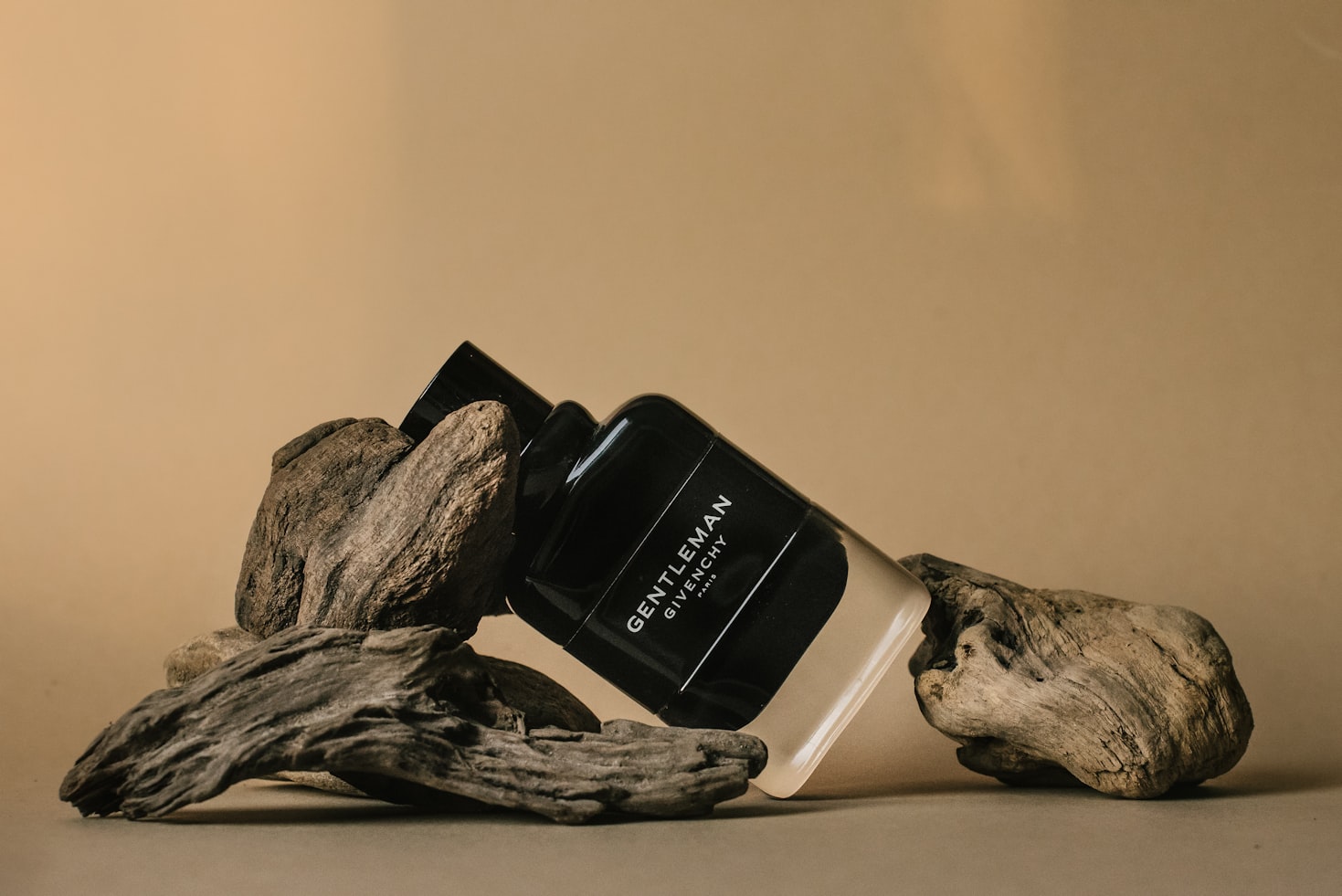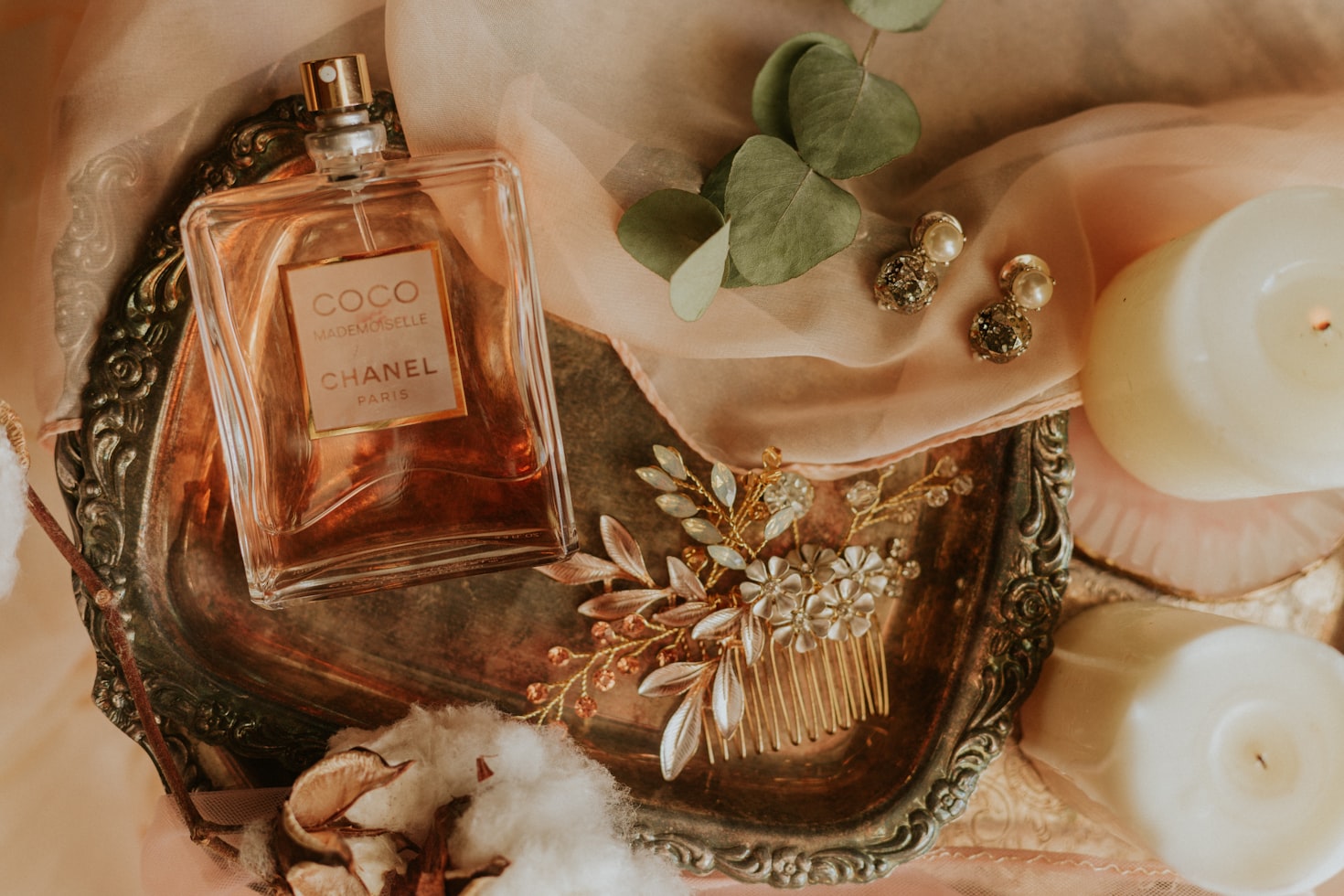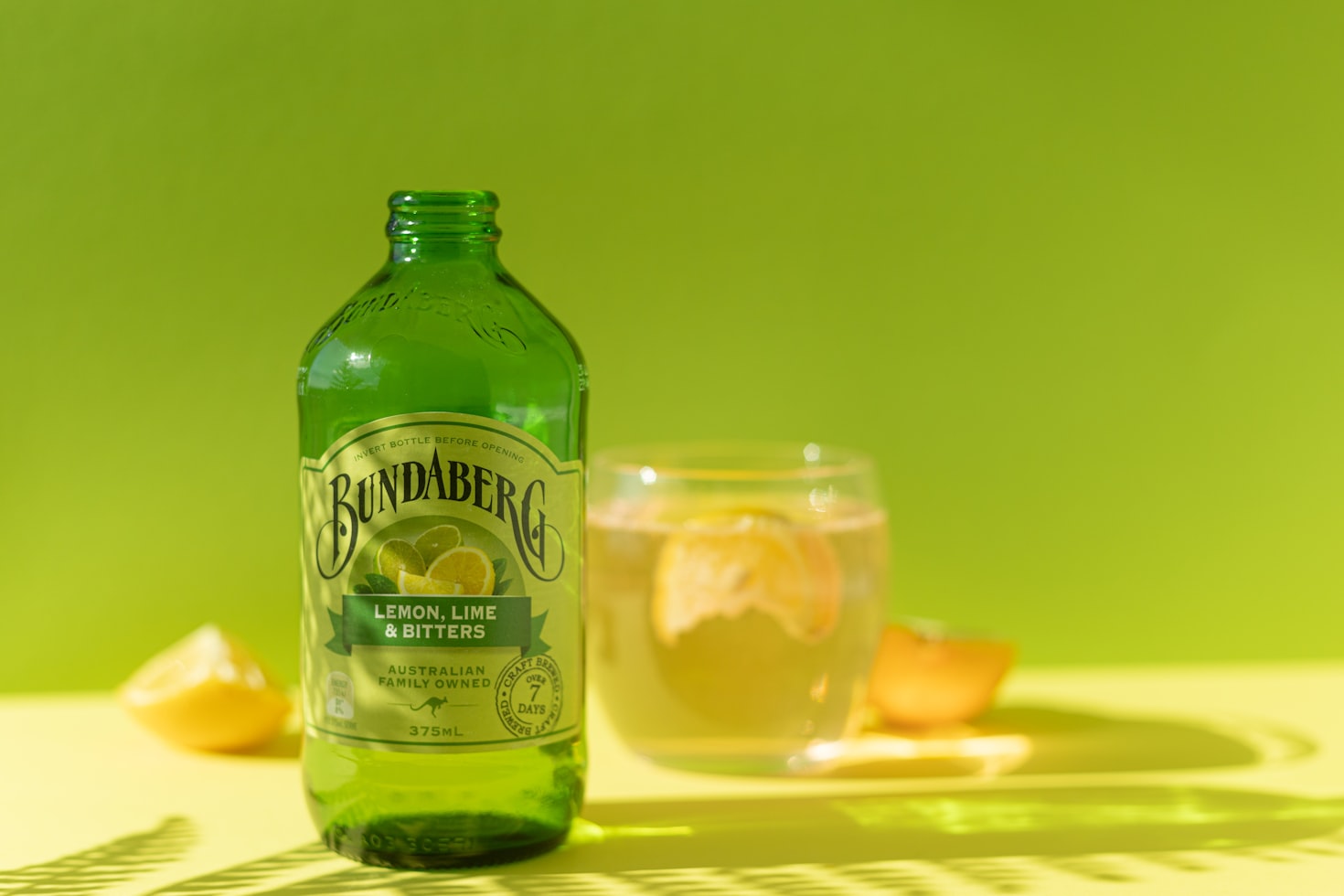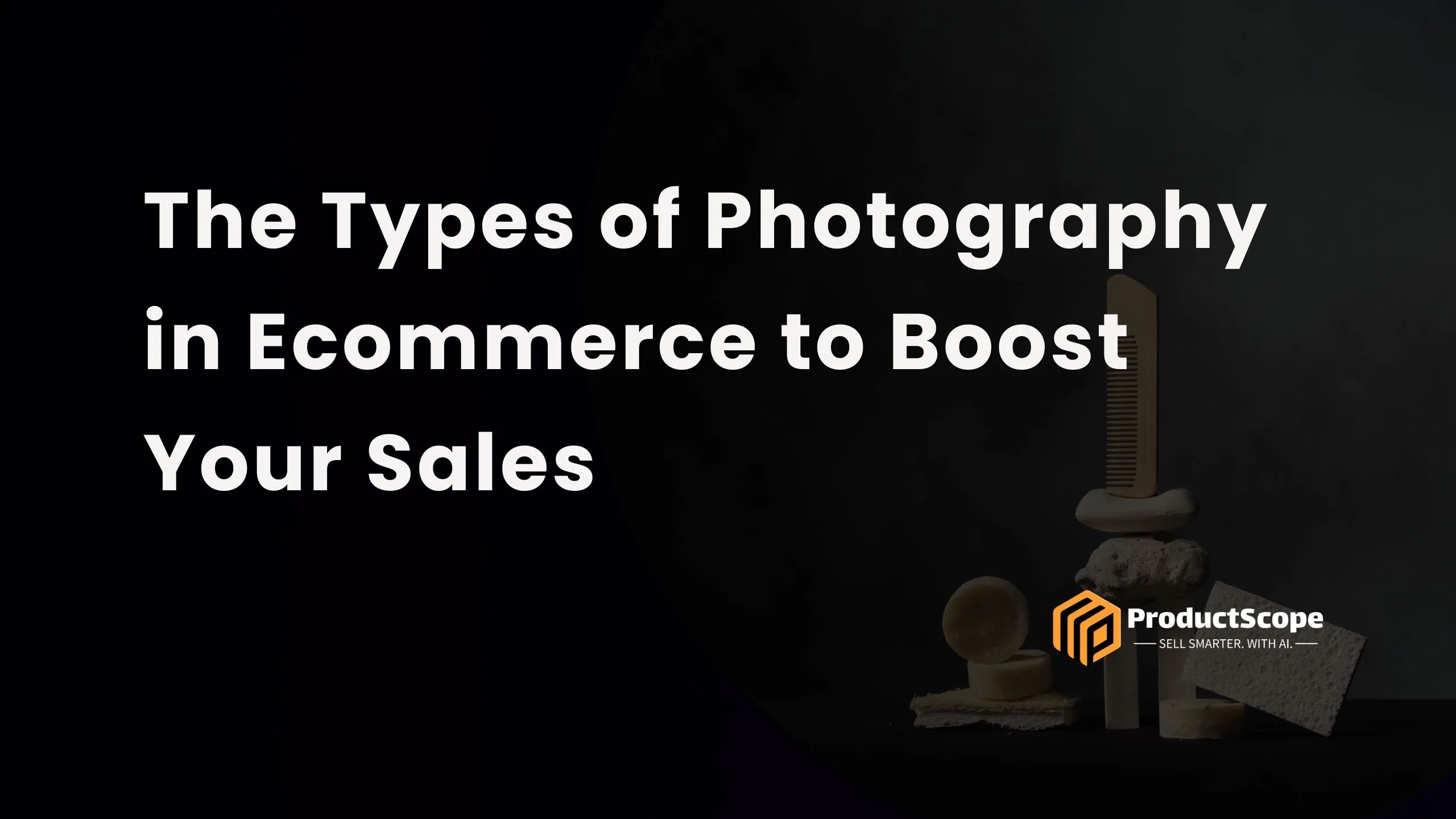Have you ever wondered how much impact a single image can have on your online store’s success? Recent studies reveal that product images significantly influence customer decisions, making photography a crucial element in eCommerce. This article delves into the various types of photography that can elevate your online sales, ensuring your products not only look appealing but also resonate with your audience.

Different Types of Ecommerce Photography
Product-Only Shots
Product-only shots are essential in showcasing the key features and details of a product without any distractions. These shots are typically captured against a neutral background, allowing the product to take center stage. For example, in the fashion industry, product-only shots are commonly used to display clothing items such as dresses or shirts. The garments are photographed on a plain white or black background, ensuring that the viewer’s attention is solely on the design, fabric, and fit of the product.
Similarly, in the world of technology, product-only shots are crucial for highlighting the features and functionality of electronic devices. For instance, when promoting a new smartphone, product-only shots can be taken to emphasize its sleek design, screen quality, and camera capabilities. By eliminating any distractions in the background, these shots enable potential customers to focus solely on the product itself and make informed purchasing decisions based on its merits.
Lifestyle Images
Lifestyle images play a crucial role in marketing by placing the product in a real-life context, allowing customers to envision how it would fit into their own lives. These images go beyond simply showcasing the product itself and instead focus on capturing the experience and emotions associated with using it. For example, in the fitness industry, lifestyle images may feature individuals wearing athletic apparel while engaging in various physical activities such as running, yoga, or weightlifting. These images not only highlight the design and functionality of the clothing but also evoke a sense of motivation and inspiration for potential customers who aspire to lead an active lifestyle.
Similarly, lifestyle images are commonly used in the home decor industry to showcase furniture, decor items, or appliances. These images often depict a beautifully decorated room or a cozy living space where the product seamlessly blends into the overall aesthetic. By presenting the product in a relatable and aspirational setting, lifestyle images help customers visualize how it would enhance their own homes and create a desired atmosphere. Whether it’s a stylish sofa in a modern living room or a sleek kitchen appliance in a gourmet kitchen, these images evoke emotions and desires that drive customers to make a purchase.
Scale Shots
Scale shots are essential in e-commerce and product marketing as they provide customers with a visual reference to accurately gauge the size of a product. These shots typically include an object or person alongside the product to showcase its dimensions in relation to something familiar. By including scale shots, customers can better understand the actual size of the product and make informed purchasing decisions. For example, in the fashion industry, scale shots may feature models wearing clothing items to demonstrate how they fit and how long they are. This helps customers determine if the garment will be the right size and length for their own body type.
Moreover, scale shots play a crucial role in reducing the chances of returns or customer dissatisfaction. By providing an accurate representation of the product’s size, customers can have realistic expectations before making a purchase. This helps prevent situations where customers receive a product that is significantly smaller or larger than they anticipated, leading to disappointment and potential returns. Scale shots enable customers to make more informed decisions, ensuring that they are satisfied with their purchase and minimizing the likelihood of returns due to size discrepancies.

Group Shots
Group shots are a powerful tool in product marketing as they allow customers to see multiple products together in one image. These shots are particularly useful when showcasing a range of products that come as a set or have complementary features. By displaying these products together, customers can visualize how they work together or how they can be used in combination. For example, in the home decor industry, group shots may feature a collection of pillows, rugs, and curtains that coordinate well with each other, giving customers a clear idea of how these items can be used to create a cohesive look in their homes.
In addition to showcasing variety, group shots also serve as a persuasive technique to encourage additional purchases. When customers see multiple products together, they may be more inclined to consider purchasing more than one item. This is especially true when the products complement each other or when there is a special offer for purchasing them as a bundle. Group shots create a sense of visual appeal and demonstrate the potential value of owning multiple products from the same collection. By presenting these products together, businesses can effectively upsell and increase their average order value.
Detailed Shots
Detailed shots are an essential aspect of product marketing, as they allow customers to get a closer look at the fine details of a product. These close-up shots are particularly crucial for products where the quality and texture are selling points. By capturing the intricate details, such as stitching on a garment or the grain of wood on furniture, businesses can effectively showcase the craftsmanship and attention to detail that goes into their products. This helps to build trust and confidence in the product’s quality, ultimately influencing purchasing decisions.
In addition to emphasizing quality, detailed shots also allow customers to examine the texture of a product. For example, in the beauty industry, close-up shots of skincare products can highlight the smoothness or luxurious feel of the product on the skin. This tactile experience can be a significant factor in convincing customers to make a purchase. By providing detailed shots that accurately represent the texture of a product, businesses can effectively communicate its unique selling points and differentiate themselves from competitors. Detailed shots not only capture customers’ attention but also provide them with the necessary information to make informed purchasing decisions.

Technical Aspects to Enhance Image Quality
Importance of Lighting and Background
The importance of lighting and background in product photography cannot be overstated. Lighting plays a crucial role in highlighting the features and details of a product. It helps to create depth, shadows, and highlights that add dimension to the image. Proper lighting ensures that the product is well-lit, allowing customers to see all the intricate details and textures. It also helps to accurately represent the colors of the product, ensuring that they appear true to life. Whether it’s natural light or artificial lighting setups, getting the lighting right is essential for capturing high-quality product images that attract customers and showcase the product in its best light.
In addition to lighting, the background is equally important in product photography. The background sets the stage for the product and can greatly impact the overall aesthetic of the image. A suitable background helps to create a cohesive and visually appealing composition. It should complement the product and not distract from it. A clean and simple background is often preferred as it allows the product to take center stage and ensures that customers’ attention is focused solely on the item being marketed. The background should also be consistent across all product images to maintain a cohesive brand identity and make it easier for customers to navigate through different products. By paying attention to lighting and background, businesses can create visually stunning product images that effectively capture customers’ attention and drive sales.
Camera Angles and Framing
Camera angles and framing are essential elements in product photography that can greatly impact the way a product is perceived by customers. The right camera angle can highlight the unique features and details of a product, making it more visually appealing and enticing to potential buyers. By experimenting with different angles, photographers can find the perspective that best showcases the product’s most important aspects. For example, a low angle can make a product appear more powerful and dominant, while a high angle can create a sense of vulnerability or delicacy. The chosen camera angle should align with the brand’s message and the desired perception of the product.
Framing is another crucial aspect of product photography that helps to draw attention to the subject and create a visually pleasing composition. The framing refers to how the product is positioned within the frame of the photograph. It involves considering factors such as the placement of the product, negative space, and overall balance. A well-framed image ensures that the product is the focal point and eliminates any distractions that may take away from its appeal. By carefully framing the product, photographers can create a sense of harmony and balance in the image, making it more visually appealing to customers. Ultimately, camera angles and framing are powerful tools that can enhance the visual impact of product photography and effectively communicate the unique qualities of a product to potential buyers.

Color Psychology in Product Photography
Color psychology is a fascinating aspect of product photography that can greatly impact consumer perception and buying decisions. Different colors have the power to evoke specific emotions and associations in individuals, making it crucial for photographers to carefully select the right color palette for their product images. For example, warm colors like red and orange can create a sense of excitement and urgency, making them ideal for products that aim to stimulate impulse purchases. On the other hand, cool colors like blue and green can evoke feelings of calmness and trust, making them suitable for products that promote relaxation or wellness. By understanding the psychological effects of colors, photographers can strategically use them to create a desired emotional response in viewers and enhance the overall appeal of the product.
In addition to evoking emotions, colors can also convey important brand messages and associations. For instance, certain industries may have established color associations that customers have come to recognize and expect. For example, the color green is often associated with eco-friendly or sustainable products, while black is commonly associated with luxury or high-end items. By aligning the color palette with the brand’s identity and values, photographers can reinforce these associations and create a cohesive visual representation of the product. Ultimately, understanding color psychology in product photography allows photographers to harness the power of colors to influence consumer perception, evoke emotions, and effectively communicate brand messages.
Contextual Photography for Storytelling
Creating a Narrative Around the Product
Creating a narrative around a product is a powerful technique in product photography that goes beyond simply showcasing the features and benefits of the item. By telling a story through images, photographers can establish a connection between the product and the customer’s lifestyle or aspirations, making it more relatable and appealing. This narrative approach allows viewers to envision themselves using or owning the product, which can greatly influence their buying decisions.
To create a compelling narrative, photographers need to understand the target audience and their desires. They must identify the lifestyle or aspirations that resonate with their customers and then incorporate those elements into the product images. For example, if the target audience is adventure enthusiasts, the photographer may choose to capture images of the product being used in rugged outdoor settings, showcasing its durability and suitability for adventurous activities. By doing so, they are not only highlighting the features of the product but also creating a story that aligns with the customer’s desire for exploration and excitement.

Using Settings and Scenarios to Evoke Lifestyle Aspirations
Using settings and scenarios in product photography is a powerful technique that allows photographers to evoke lifestyle aspirations in their viewers. By carefully selecting the environment, props, and models, photographers can create a visual narrative that transports customers into a world where they can envision themselves using and enjoying the product.
The setting plays a crucial role in setting the tone and context for the product. It should align with the target audience’s lifestyle and aspirations, creating a sense of familiarity and desire. For example, if the product is a fitness tracker, the photographer may choose to capture images in a gym or outdoor workout setting. This not only showcases the functionality of the product but also creates a scenario where viewers can imagine themselves leading an active and healthy lifestyle.
Conclusion
The right types of photography in eCommerce can dramatically boost your sales. From professional product images to storytelling through contextual photography, each style plays a unique role in enhancing customer engagement and perception. Implementing these strategies can set your brand apart in the competitive online marketplace.
Unleash the full potential of your online business with ProductScope! Dive into detailed analytics, optimize your listings, and elevate customer experience. Don’t wait – explore ProductScope now and transform your e-commerce strategy today!
Sign Up for ProductScope AI Today!
FAQs
How Do I Photograph My Product for E-commerce?
To photograph your product for ecommerce, follow these steps: set up a studio space, style your shots creatively, ensure proper lighting, take multiple photos from different angles, and finally, edit your photos for the best quality.
What Are Some Good Ecommerce Photography Tips?
Effective ecommerce photography tips include creating a streamlined workflow, using a dedicated studio space, highlighting the quality and features of the product, showcasing the product in use, and utilizing natural light and side lighting for better visuals.
What Are the Benefits of High-Quality Ecommerce Photography?
High-quality ecommerce photography significantly increases conversion rates by showcasing your products’ best features. It also helps in developing your brand’s visual identity and can set your products above the competition through superior presentation.

